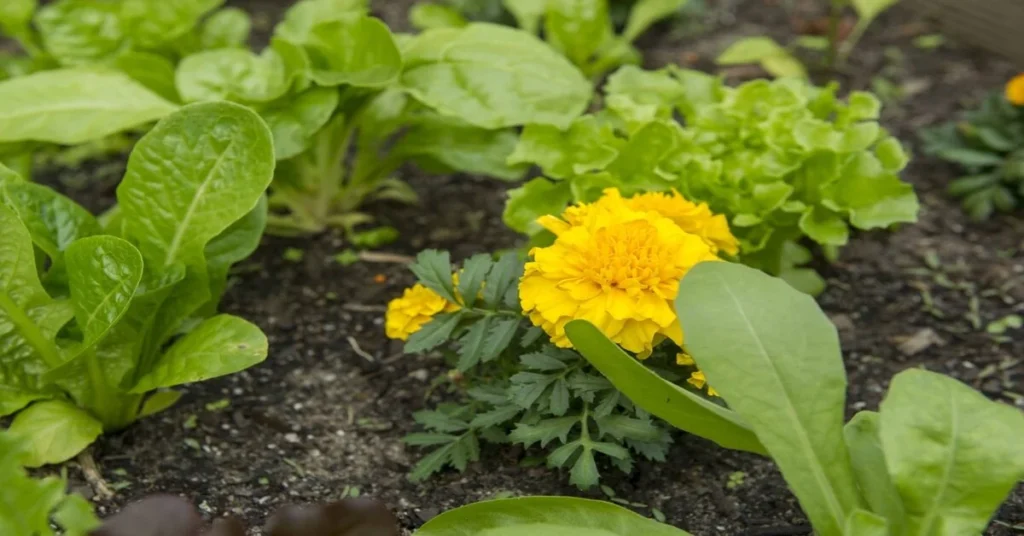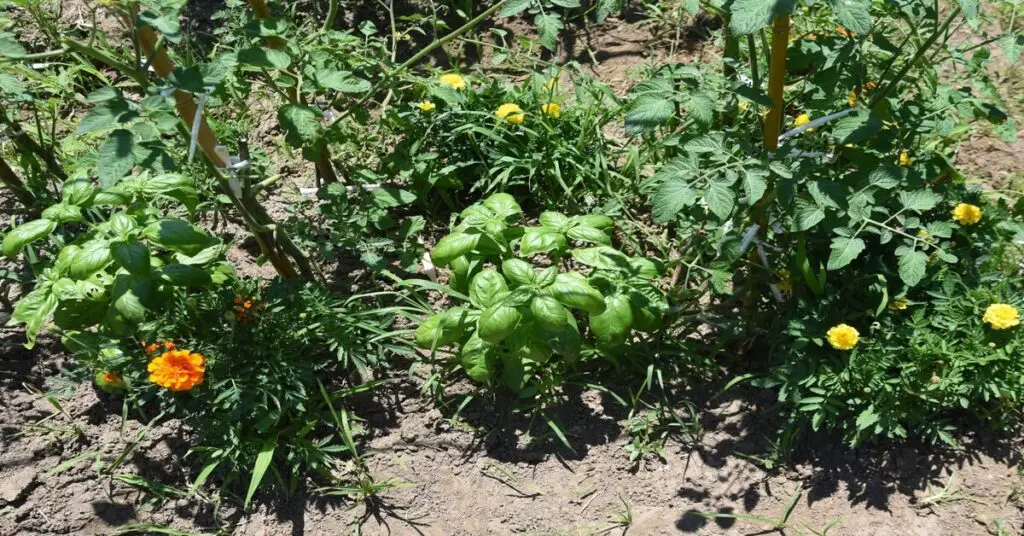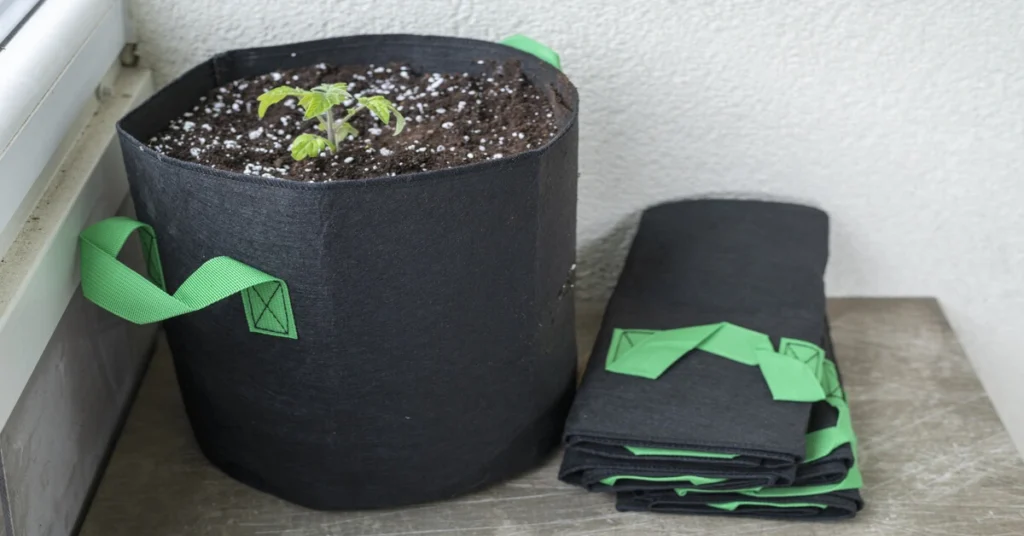Introduction to Companion Planting
In our journey as gardeners, we discover various techniques that enhance the growth and health of our gardens. One such technique is companion planting.
This age-old method involves strategically placing plants close to each other for mutual benefits, such as pest control, nutrient enhancement, and pollinator attraction.
Companion Planting Chart
Vegetable Type | Good Companions | Bad Companions |
Tomatoes | Basil, Onions, Marigolds | Cabbage, Kohlrabi |
Bell Peppers | Basil, Onions, Spinach | Fennel, Kohlrabi |
Corn, Peas, Sunflowers | Aromatic Herbs, Potatoes | |
Zucchini | Corn, Peas | Potatoes |
Eggplants | Beans, Peppers | Fennel |
Carrots, Radishes, Strawberries | Cabbage, Parsley | |
Spinach | Strawberries, Fababeans | Potatoes |
Swiss Chard | Cabbage, Onions | Beans, Tomatoes |
Kale | Beets, Onions, Sage | Beans, Strawberries |
Broccoli | Beets, Onions, Sage | Strawberries, Tomatoes |
Carrots | Tomatoes, Leeks, Nasturtium | Dill, Parsnips |
Beets | Lettuce, Onions | Pole Beans |
Radishes | Spinach, Squashes, Peas | Hyssop |
Peas | Carrots, Corn, Cucumbers | Onions, Garlic |
Corn, Cucumbers | Onions, Garlic | |
Summer Squash | Corn, Radishes | Potatoes |
Winter Squash | Corn, Radishes | Potatoes |
Sweet Corn | Beans, Cucumbers, Potatoes | Tomatoes |
Potatoes | Beans, Corn, Cabbage | Carrots, Tomatoes |
Onions | Beets, Carrots, Tomatoes | Beans, Peas |
Garlic | Tomatoes, Peppers | Beans, Peas |
Cabbage | Celery, Dill, Onions | Strawberries, Tomatoes |
Cauliflower | Celery, Dill, Onions | Strawberries, Tomatoes |
Celery, Dill, Onions | Strawberries, Tomatoes | |
Asparagus | Basil, Tomatoes | Strawberries, Tomatoes |
The Benefits of Companion Planting
Companion planting offers numerous advantages. For instance, certain plants can deter pests, reducing the need for synthetic pesticides. Other plants can attract beneficial insects that promote pollination and manage harmful insects.
Companion plants can also help improve soil health by fixing nitrogen and other essential nutrients.
Moreover, proper companion planting can result in efficient use of garden space. Some plants, like corn, can provide shade for smaller crops like lettuce, thus optimizing garden productivity.
Popular Vegetable Garden Companion Planting Combinations
Understanding the best companion plants for your vegetable garden can be a game-changer. Here are some popular combinations according to our companion planting chart:
Tomatoes and Basil: Tomatoes and basil make good companions. Basil repels tomato hornworms and other pests, and some gardeners believe it enhances the flavor of tomatoes.
Cabbage and Dill: Dill attracts beneficial wasps that control pests like cabbage worms and aphids. It’s a great companion for the cabbage family.
Carrots and Nasturtiums: Nasturtiums act as a trap crop for aphids, protecting carrots. They also deter carrot flies.
Cucumbers and Sunflowers: Sunflowers provide a natural trellis for cucumbers to climb and can deter pests, making them excellent companions.
Squash, Corn, and Beans: Known as the “Three Sisters,” these crops work well together. Corn provides a structure for beans to climb, beans fix nitrogen in the soil, and squash acts as a living mulch, reducing weed growth.
Peas and Radish: Peas fix nitrogen, benefiting radishes. Radish, in turn, can deter pests that trouble peas.
Implementing a Companion Planting Guide
To start with companion planting in your vegetable garden, refer to our printable companion planting chart and guide.
Remember, companion planting is not just about pest control. It’s also about plant harmony, shared nutrients, and a balanced ecosystem.
Begin by planning out your garden space. Consider the size, growth habits, and needs of your plants. Ensure proper spacing between your crops for optimal growth.
Companion Planting with Herbs and Flowers
Companion planting isn’t limited to vegetables. Integrating herbs and flowers into your vegetable garden can offer unique benefits. For instance, flowers like marigolds and herbs like sage can deter various garden pests. Moreover, they can attract pollinators such as bees, promoting a healthier garden.
Conclusion
Companion planting is an excellent way to make the most of your garden space, repel pests naturally, and encourage healthy plant growth. You can plan your garden more effectively with a companion planting chart for vegetables as your guide. Embrace companion planting and experience how this approach can bring peace and prosperity to your garden.



